The motor show in Beijing starts today, but Volkswagen already set the tone for the trade fair yesterday at its Group Media Night. What VW CEO Oliver Blume and his board members presented on stage was akin to a declaration of war.
In China, the largest global market for cars, it is not only the transformation that is raging but also a merciless price war between local manufacturers. “We have a 20% market share for combustion engines and only 5% for electric cars. It’s quite logical that we have to catch up,” VW China boss Ralf Brandstätter said in no uncertain terms.
VW Group CEO Oliver Blume hosted the VW show energetically and aggressively. He didn’t mince his words: “We’re not playing defense here. We’re on the attack!” Volkswagen needs Attractive, technically mature, and affordable electric cars, he said. Read below to find out how Wolfsburg’s electric offensive is supposed to save business in China.
ID. Code for China
Volkswagen has high hopes for the upcoming electric vehicle offensive in China in 2026, when the vehicles from the Xpeng cooperation and those based on the China Main Platform will debut. The German carmaker designed a concept, the ID. Code to introduce the new design language for EVs in China.
Volkswagen makes it clear that the ID. Code is aimed solely at China. “The concept car was developed specifically for Volkswagen customers in China,” it literally says in the press release. The “next-generation SUV” is described as “strikingly athletic and stylish”. “With its powerful, clear, and fluid surfaces, the ID. Code is more like a Gran Turismo than a five-meter class SUV,” writes VW.
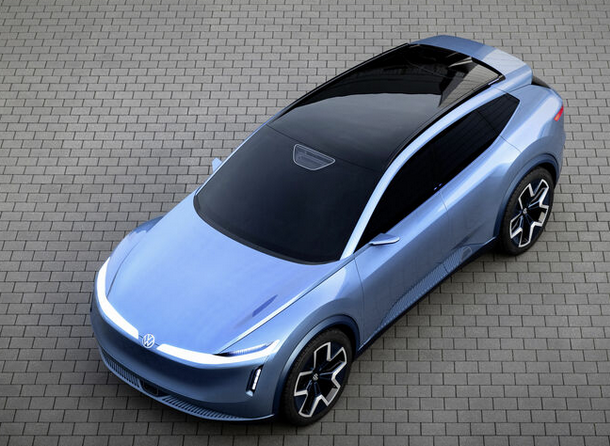
For now, the concept car is almost entirely about design. VW doesn’t provide further details about the electric drive itself or the expected innovations in the battery, electric motor, or charging behavior.
“The ID. Code provides an initial glimpse of Volkswagen’s future in China: with a new design language, a new technology standard, and a holistic brand experience, specifically geared towards the needs and wishes of our Chinese customers,” said Thomas Schäfer, CEO of the Volkswagen brand. In this way, we are initiating a new era of mobility in China together with our Chinese partners.”
New design strategy
The concept for the Chinese market is based on a new design strategy developed by Volkswagen’s chief designer, Andreas Mindt, and his team. It sits on three pillars: “stability, likeability, and the ‘secret sauce’,” as the manufacturer writes.
From now on, these three pillars will determine Volkswagen’s global design, but the elements can be adapted to the “needs and wishes of our Chinese customers”. The strategy will characterize global design in the future, but the first interpretation in the form of the ID. Code is only relevant for China.
“We have adapted the three pillars of our design strategy and customized them individually for China to realize the automotive ideals of our customers between Beijing and Hong Kong,” says Mindt. This has resulted in an interpretation of tomorrow’s SUV that looks both fast and futuristic and sets completely new accents with its fluid surfaces, dominant wheel housings, and technology-oriented look.”
Stability, likeability, ‘secret sauce’
The “stability” of the ID. Code combines the “unusually sleek and thus sporty cabin for an SUV and the very powerful wheel housings. The wheels of the concept car are a generous 24 inches in size.
The “likeability” will be achieved by the body proportions and “through the cleanly-cut shapes of the perfectly designed golden ratio of the body and graphic elements such as the friendly appearance of the front end”, also thanks to the interactive lighting systems.
That brings us to the third pillar, the ‘secret sauce’. The new lighting systems will have the “human, interactive twinkling eye feature”. The ‘secret sauce’ thus “breathes virtual life into the concept car. In addition, AI-powered interaction enables a new level of human-machine communication.”
Technically, the ID. Code is designed for fully automated driving up to Level 4 (the driver can control the EV or hand over control and responsibility to the car). In that case, the ID. Code can communicate with its surroundings.
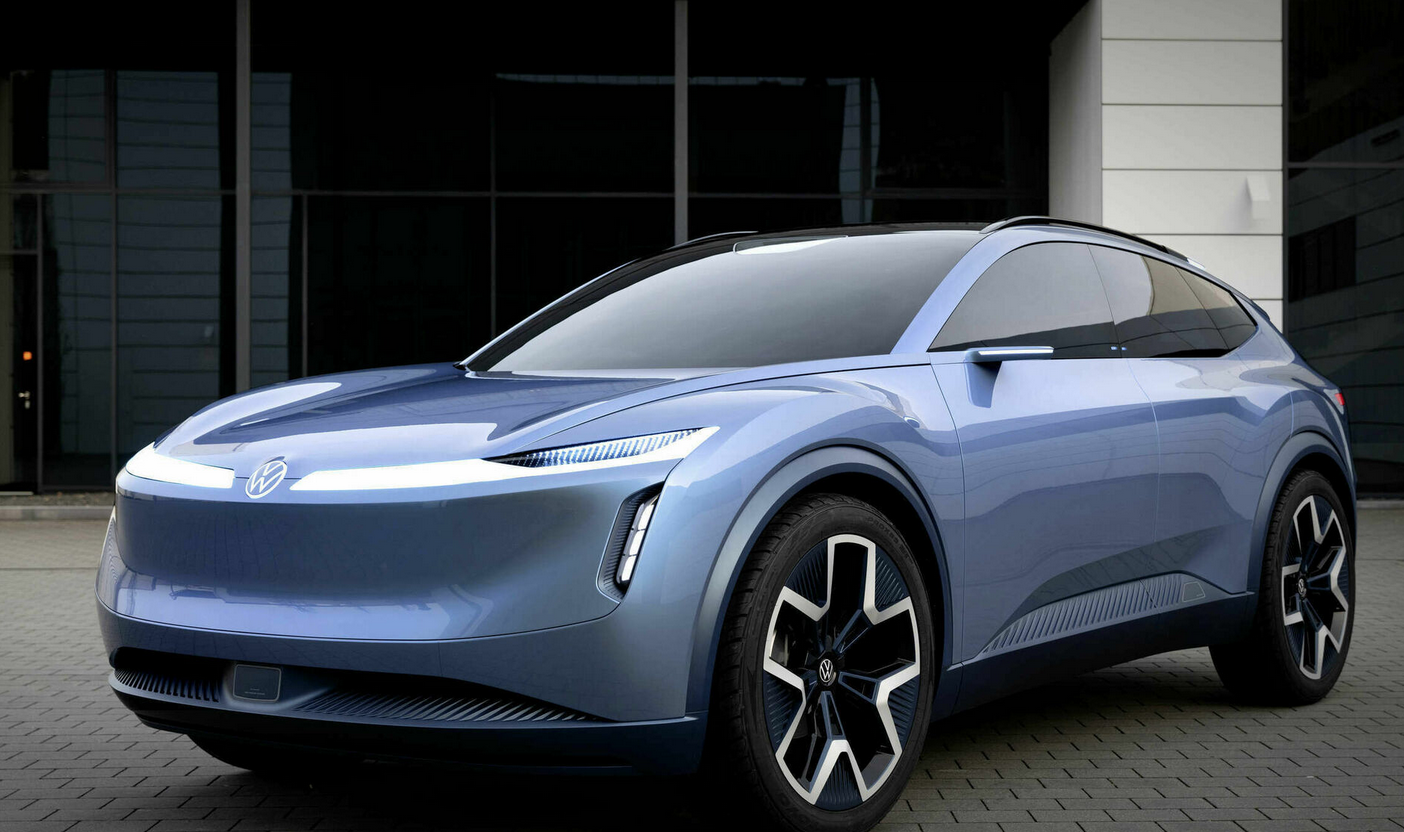
The basis for this is the ‘Light Cloud’ with interactive ‘3D Eyes’ (a light crossbar below the bonnet) and an LED screen in the semi-transparent front section. In addition to communicating with other road users, these elements will also provide the driver with information: “The systems become active when the driver or an authorized user approaches. The ID. Code starts a visual and acoustic welcome scenario and provides the driver and passengers directly with the current weather forecast for the next two hours.”
‘Smart Windows’
Another innovation: semi-transparent displays, known as ‘Smart Windows’, are integrated into the window surfaces. As soon as the driver approaches, an AI-supported avatar will appear on the displays of the respective front-side window.
It provides the driver directly with important information and reminds him/her, for example, to take an umbrella if rain is forecast. The same avatar is also used in the interior, “as the perfect co-driver, it supports the driver and provides passengers with information of all kinds.”
According to VW, the concept car’s interior is a “highly variable lounge with online connectivity. Its equipment makes traveling more entertaining and comfortable than ever before”. All materials are pet-free. In addition to the aforementioned avatar, high-end sound, ambient lighting, and air conditioning systems will “make for travel comfort like in a private jet”, according to VW.
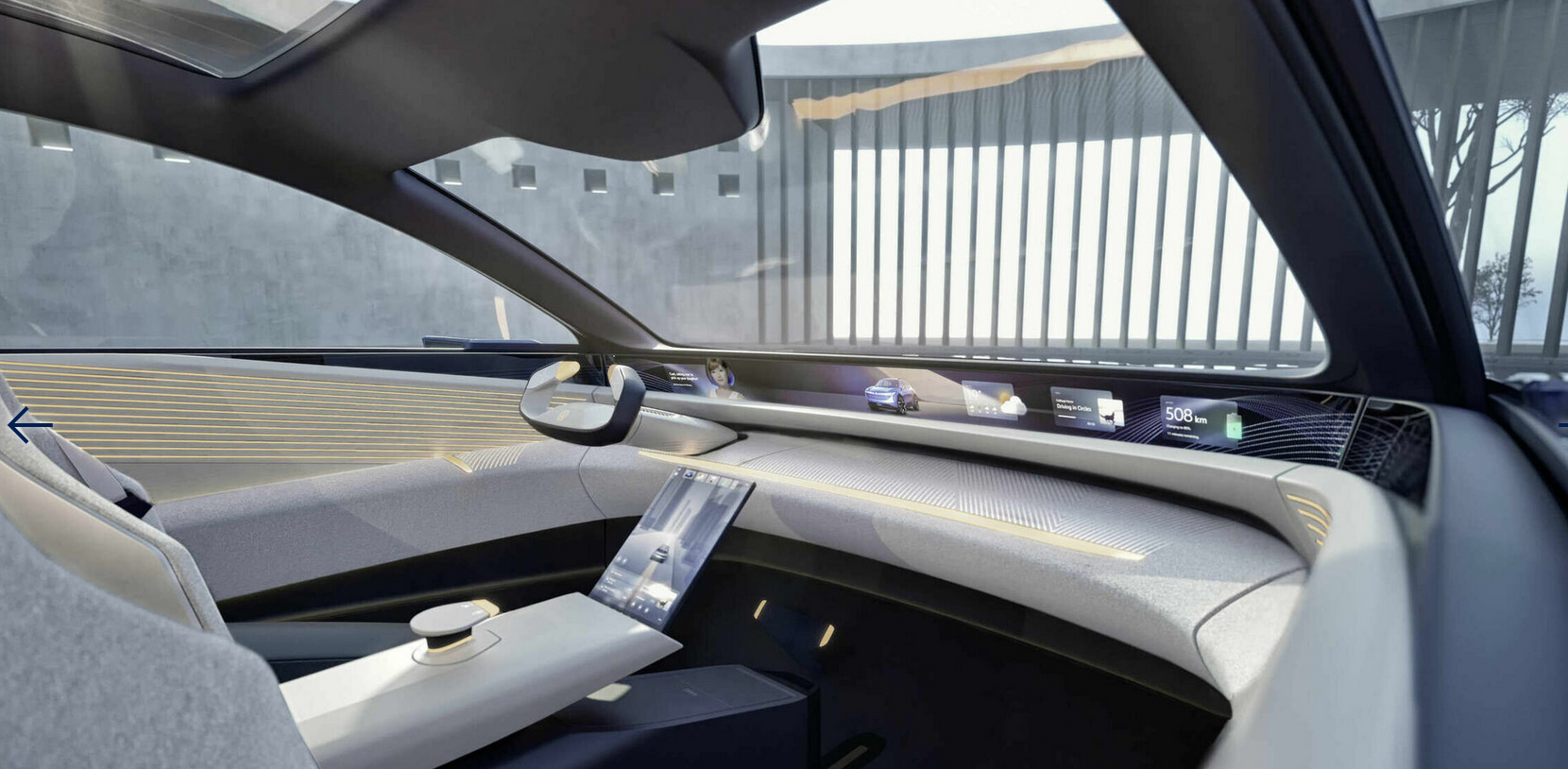
If, for example, the steering wheel is retracted in autonomous driving mode, the front seats can be rotated by 180 degrees so that family members can sit opposite each other more communicatively. The seats can also be moved into a sleeping position for longer journeys.
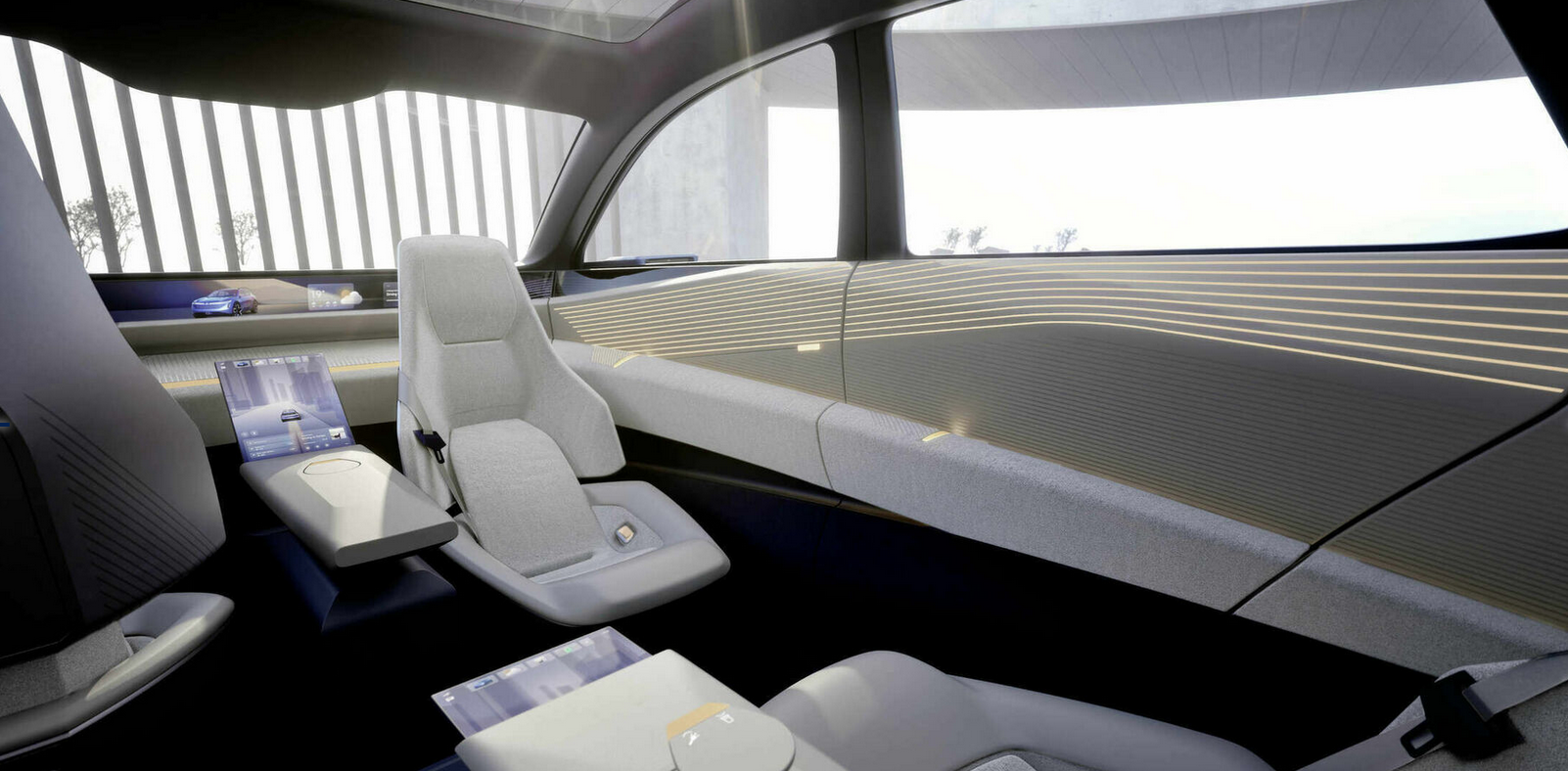
Sub-brand ID. UX
The ID. Code study is just one aspect of VW’s strategy to win over customers for its electric cars in China. The carmaker also announced the all-electric sub-brand ID. UX, with which VW intends to win over new customers in China.
According to VW, “With all-electric, lifestyle-oriented models, this sub-brand is designed to appeal to younger customers in particular.” In other words, with series models that have the ID. Code design.
The entire ID. family will grow to 16 models by 2030, including five electric vehicles from ID. UX, all of which will debut by 2027. The first model of the new sub-brand will be the ID. Unyx, which will launch in China this year. It will most likely be the VW adaptation of the Cupra Tavascan built in China, one of the current MEB-based models.
“Volkswagen is strengthening its ecosystem of production, development, procurement and battery production in China. By the end of the year, the number of employees at the R&D site in Anhui alone will have grown to 3,000, “explains the company.
“The brand is also intensifying localization to achieve significantly shorter development cycles. Chinese partners such as XPeng, Horizon Robotics, and Thundersoft are to be integrated into the development process at an early stage,” it continues.
“Two new mid-class vehicles are planned for 2026 in collaboration with XPeng. Employees at the Carizon joint venture with Horizon Robotics and the CarThunder joint venture with Thundersoft are engaged in developing innovative systems for autonomous driving, infotainment, and connectivity,” the press release concludes.
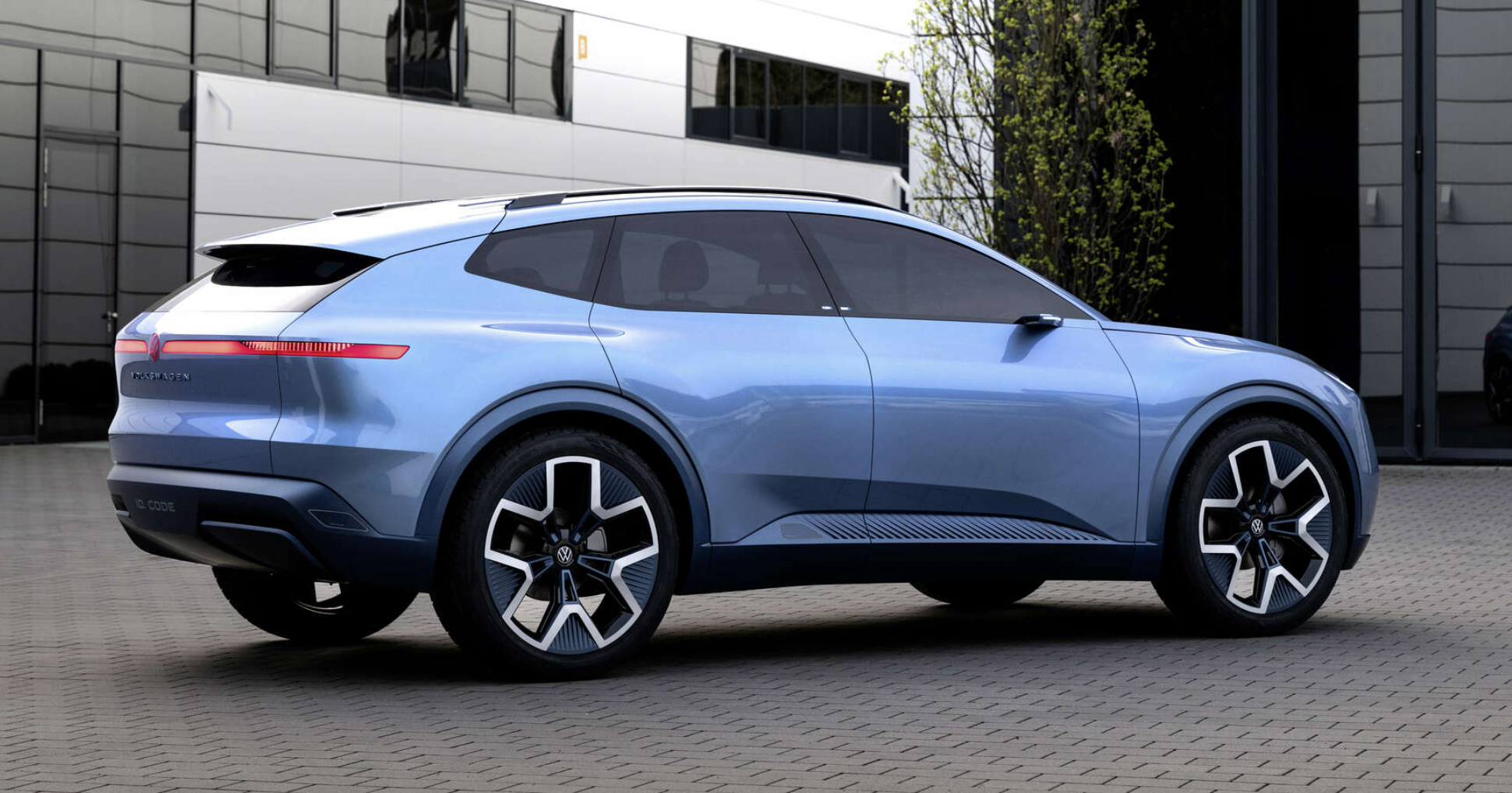


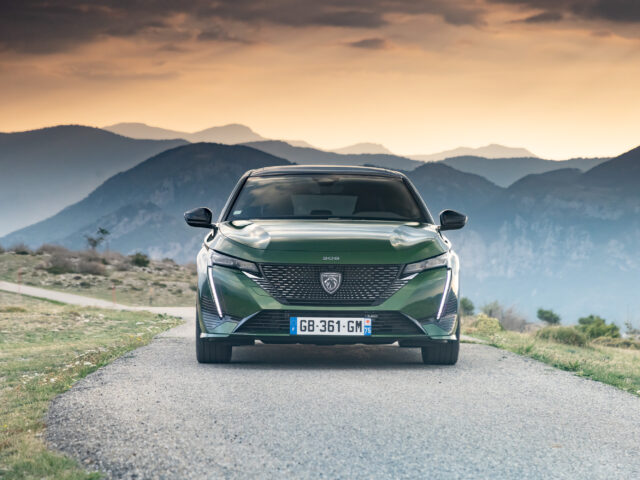

Comments
Ready to join the conversation?
You must be an active subscriber to leave a comment.
Subscribe Today